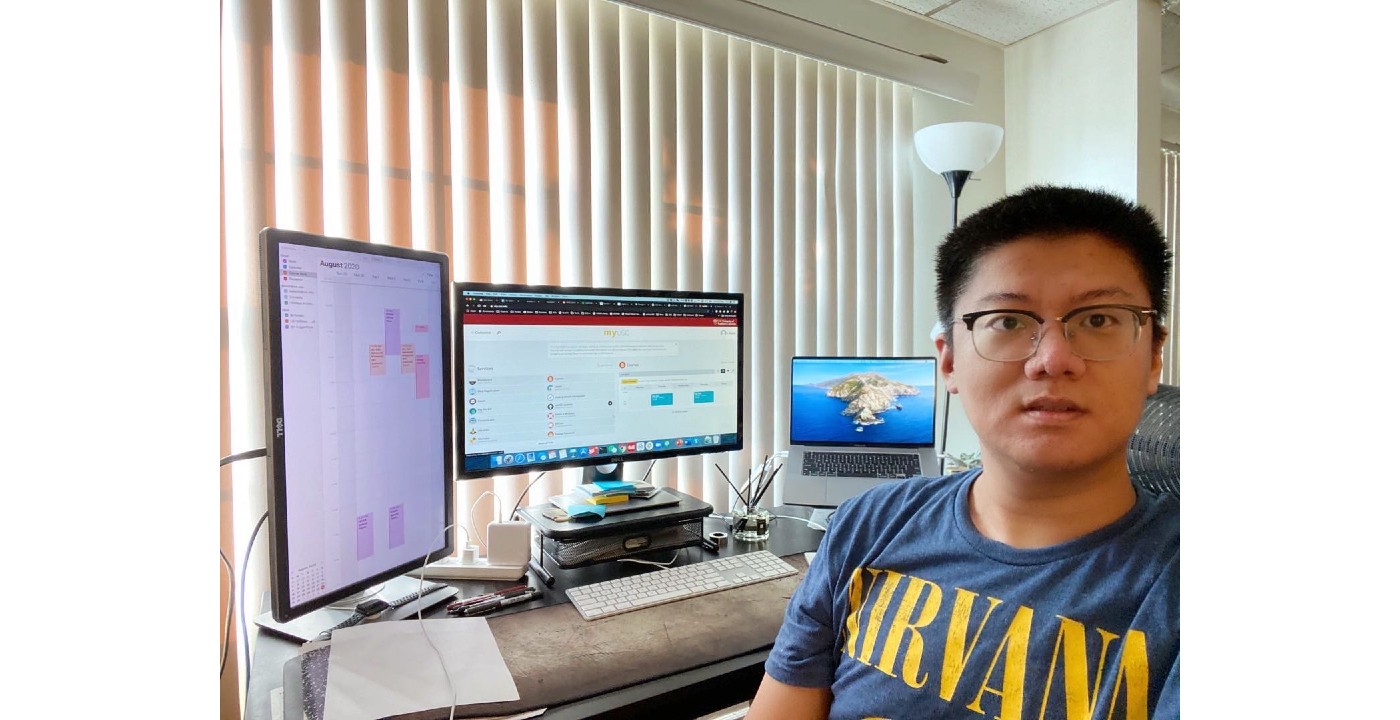Congratulations to Yeji Shen for His Summer Internship at Facebook
Yeji Shen is a PhD candidate in Multimedia Communication Lab (MCL) in USC, supervised by Prof. C.-C. Jay Kuo. He received his Bachelor’s degree in Computer Science from Peking University, Beijing, China in June 2016. Since August 2016, he has been pursuing his PhD degree in MCL. His research interests include Machine Learning, Computer Vision and Artificial Intelligence. During this summer, he did an internship at Facebook. Here is a short interview with Yeji.
1. How does the study in USC and MCL help you?
First of all, in MCL, I learned to have a reasonable understanding of the research topics that I’ve been focusing on, like active learning, 3D vision and some semi-supervised learning. Such understanding is pretty helpful and valuable for both job interviews and the actual working experience. Second, I got to have a reasonable level of presentation skills, which I believe is very important in the future career. Third, a tough mind. Life is challenging. Only those with a tough mind can get through all those difficulties and obtain happiness.
2. How was it like working at Facebook?
The internship this year was a remote one. Different from normal working style, interns needed to work at home with the equipment sent by the company. (Of course, I need to mail them back.) Compared to a normal internship, the main pros are: 1) No need to physically move to the bay area. And thus the fee for house rent was saved. 2) Commuting time was saved. However, it is also clear that some cons are: 1) Harder to communicate. 2) Less interaction with team members. 3) It just didn’t feel good when the remote working style lasts for too long. Still, the overall feeling was not bad.
3. [...]




















